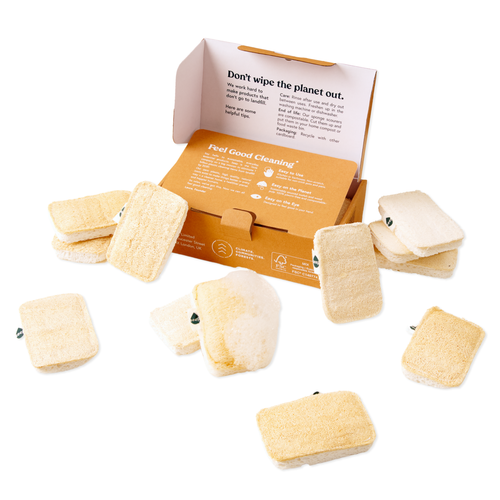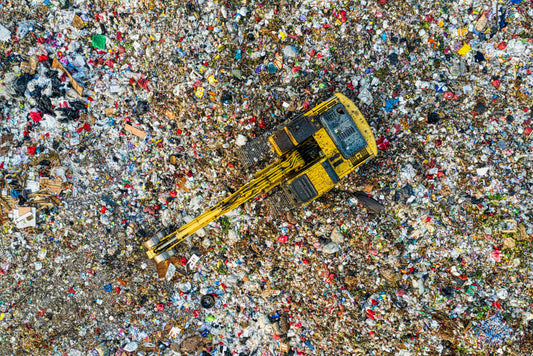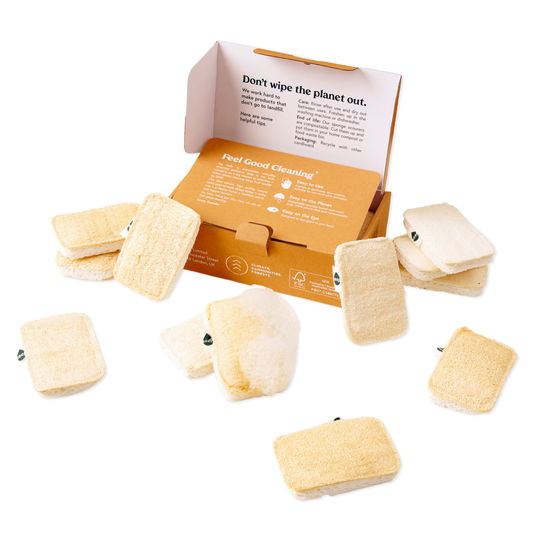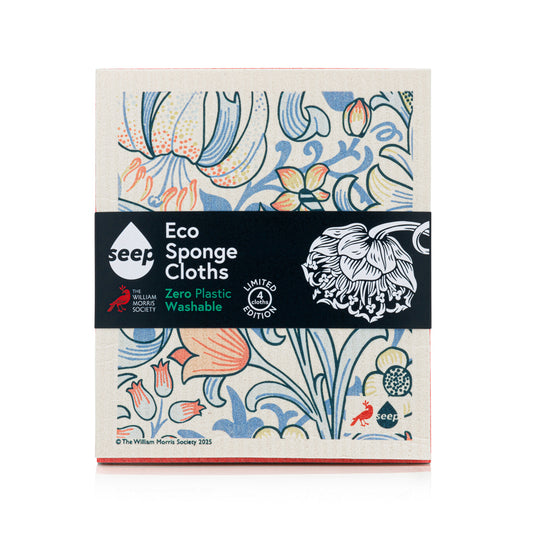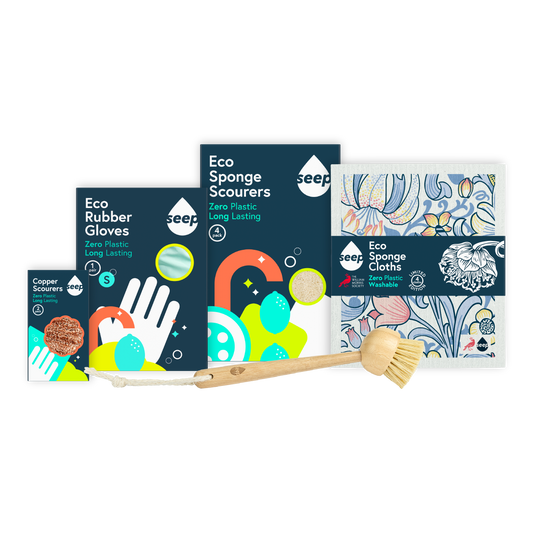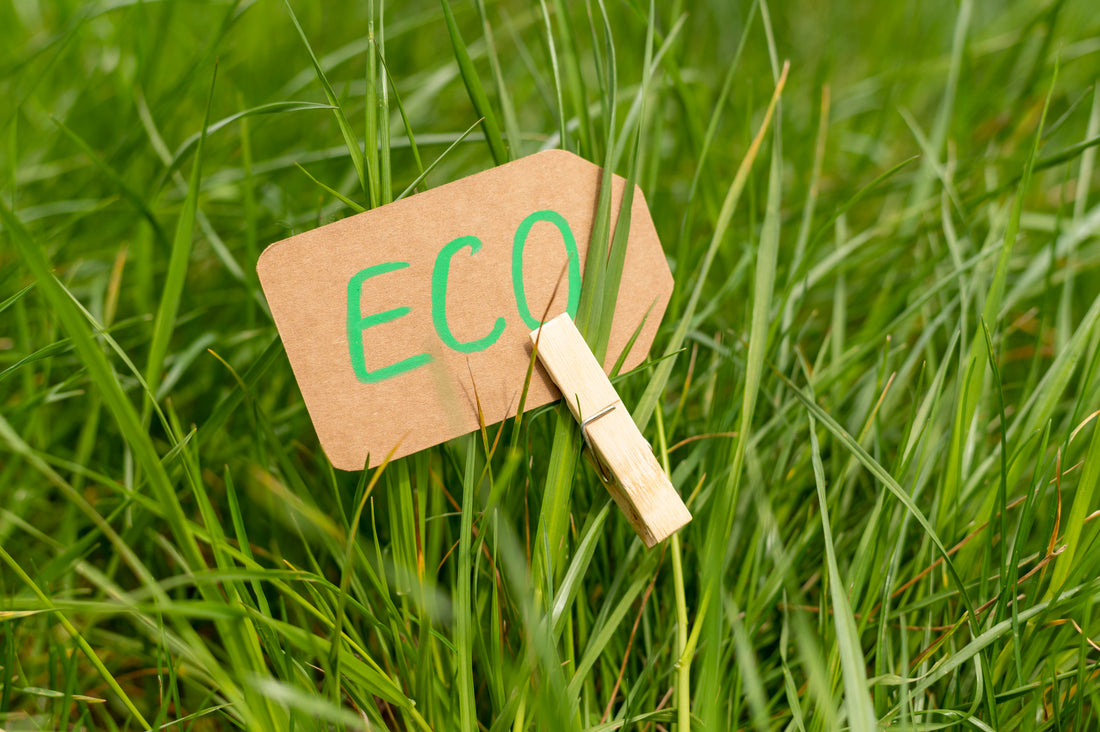
Cambridge Dictionary describes greenwashing as a "behaviour or activities that make people believe that a company is doing more to protect the environment than it really is." In other words, using misleading green claims. In this article, we explore different types of greenwashing and greenwashing examples to help you identify misleading products next time you go shopping.
Why do businesses greenwash?
- Brand image & PR – Consumers prefer eco-friendly brands, so companies fake sustainability to attract them.
- Competitive advantage – Green marketing can boost sales and customer loyalty.
- Cost savings – Real sustainability efforts can be expensive, so they opt for surface-level changes.
- Investor appeal – ESG (Environmental, Social, and Governance) investments are growing, making green claims lucrative.
In a nutshell, it’s often about profit.
What are the types of greenwashing?
Greenwashing comes in several forms, including:
-
Vague claims – Using green claims without certifications
e.g. "eco-friendly" or "natural"
-
Hidden trade-offs – Highlighting one green aspect while ignoring a bigger environmental issue
e.g. "recyclable" but made in a polluting factory
-
Lesser of two evils – Promoting a product as greener when the whole category is unsustainable
e.g. “organic cigarettes”
-
Irrelevance – Claiming an eco benefit that’s legally required anyway
e.g. “CFC-free” when CFCs are banned
-
False labels – Using fake certifications or misleading imagery
e.g. leaves or animals to suggest sustainability
-
Exaggeration – Overstating a product’s environmental impact
e.g. “99% biodegradable” when only under special conditions
-
Distracting initiatives – Launching small green campaigns to cover up major environmental harm
e.g. oil companies sponsoring tree planting
Greenwashing examples

Let's break down all the ways this product claims it's eco-friendly:
- Colour of packaging - It's common for sustainable products to be sold in brown cardboard boxes with green pops of colour, as this is the style of packaging consumers associate with eco-friendly products.
- Highlighting "bamboo" material - The word "bamboo" is used 3 times and it stands out due to its text size.
- Using "eco-friendly" and "biodegradable" terms - Green claims don't get more obvious than this!
It's only when you turn the package that you find out that this product is not as eco-friendly as it seems.

None less than 70% plastic.
Now, you may ask: if it's 70% plastic, how can they claim it's biodegradable?
Technically, everything is biodegradable, but plastic takes thousands of years to degrade, emitting toxic gas in the process.
Don't be ripped off. Remember the different types of greenwashing and pay attention to the labels every time you shop.
Real eco-friendly products include substantiated claims. Take Seep as an example — we're fully transparent on what our products are made of and where they're made. You'll find this information on the back of each product, as well as on our website.
